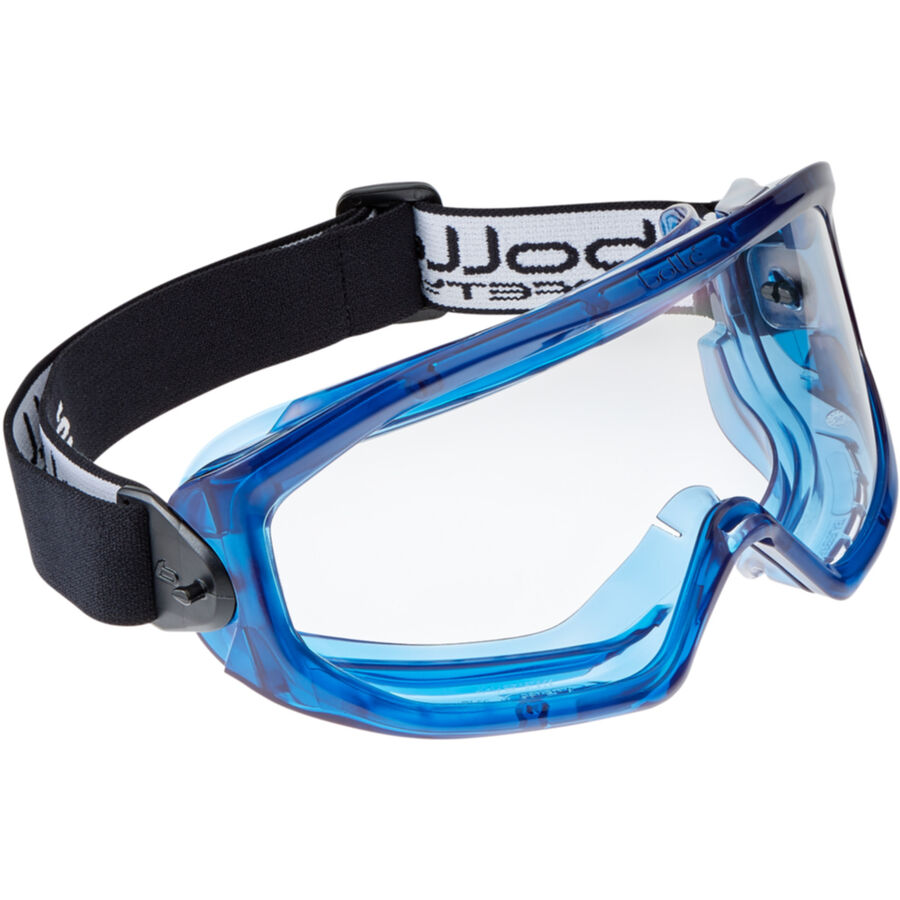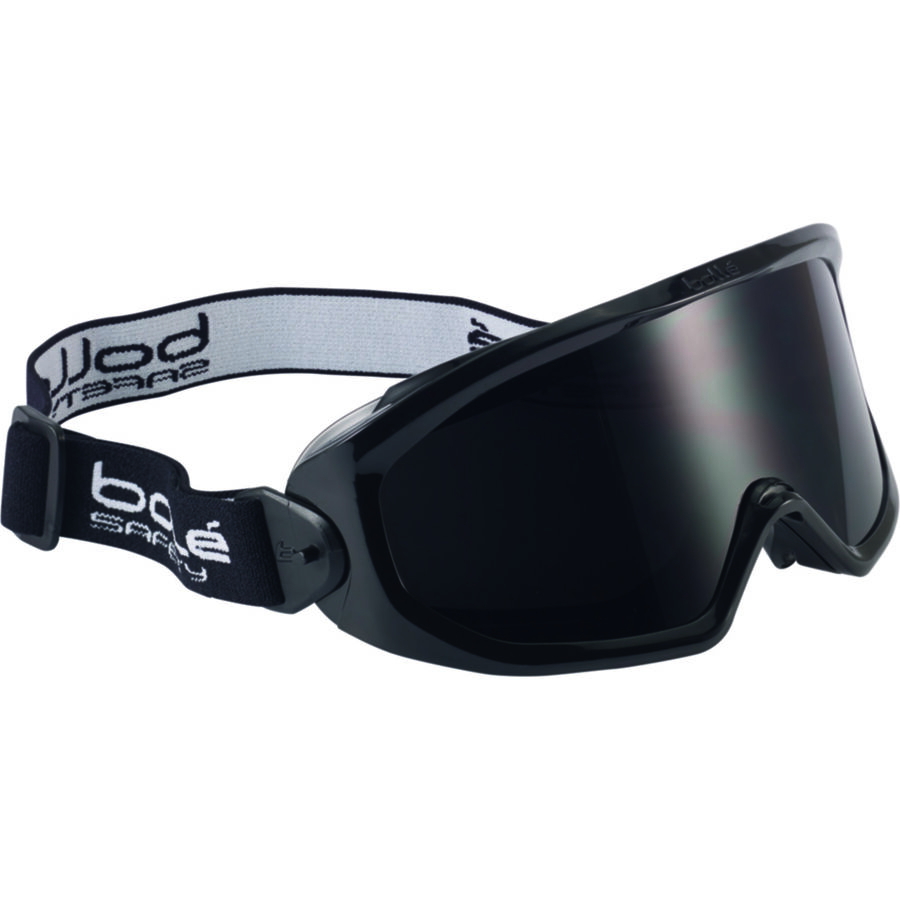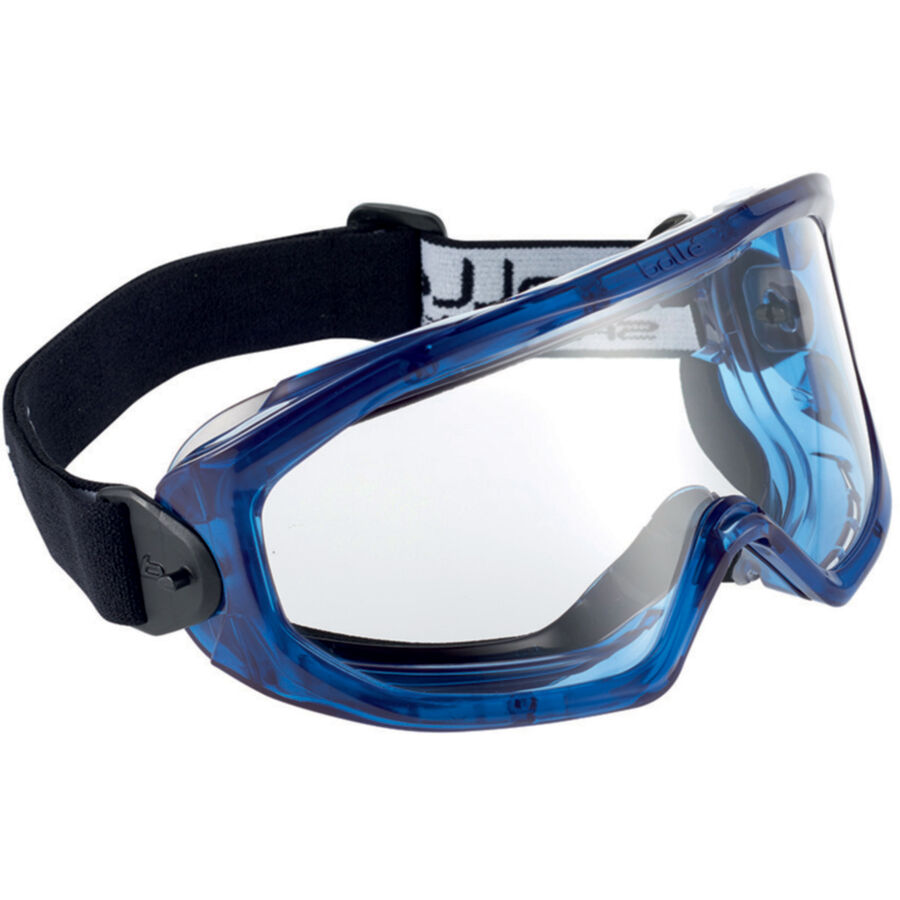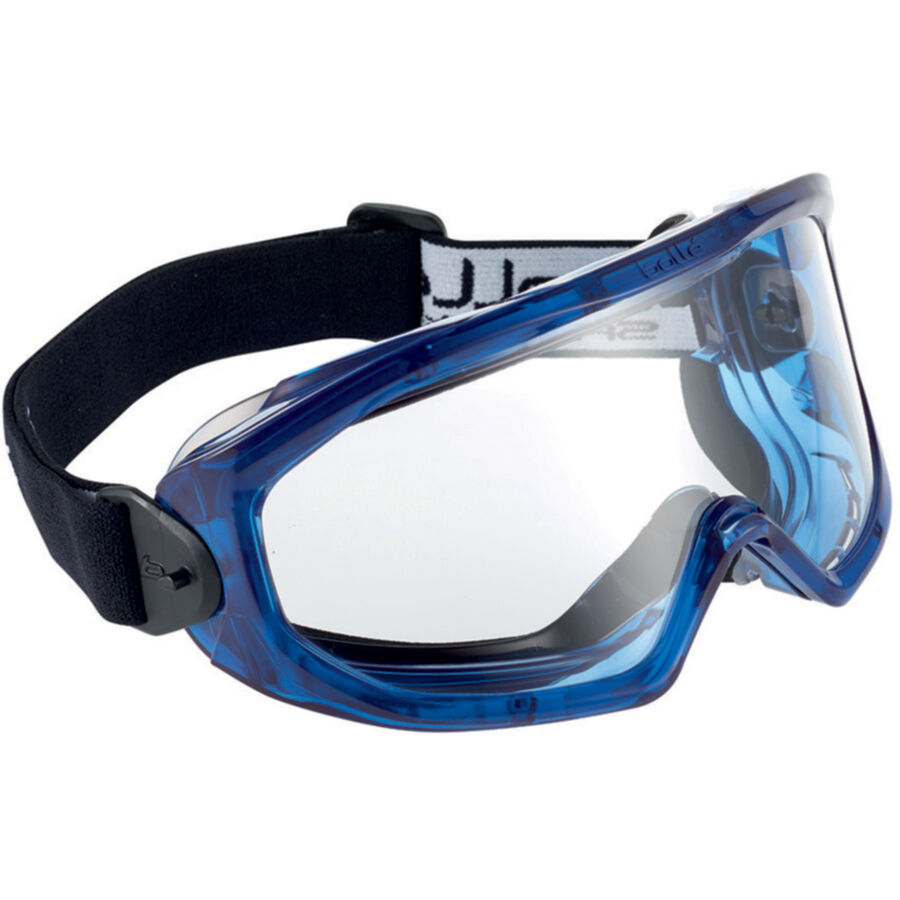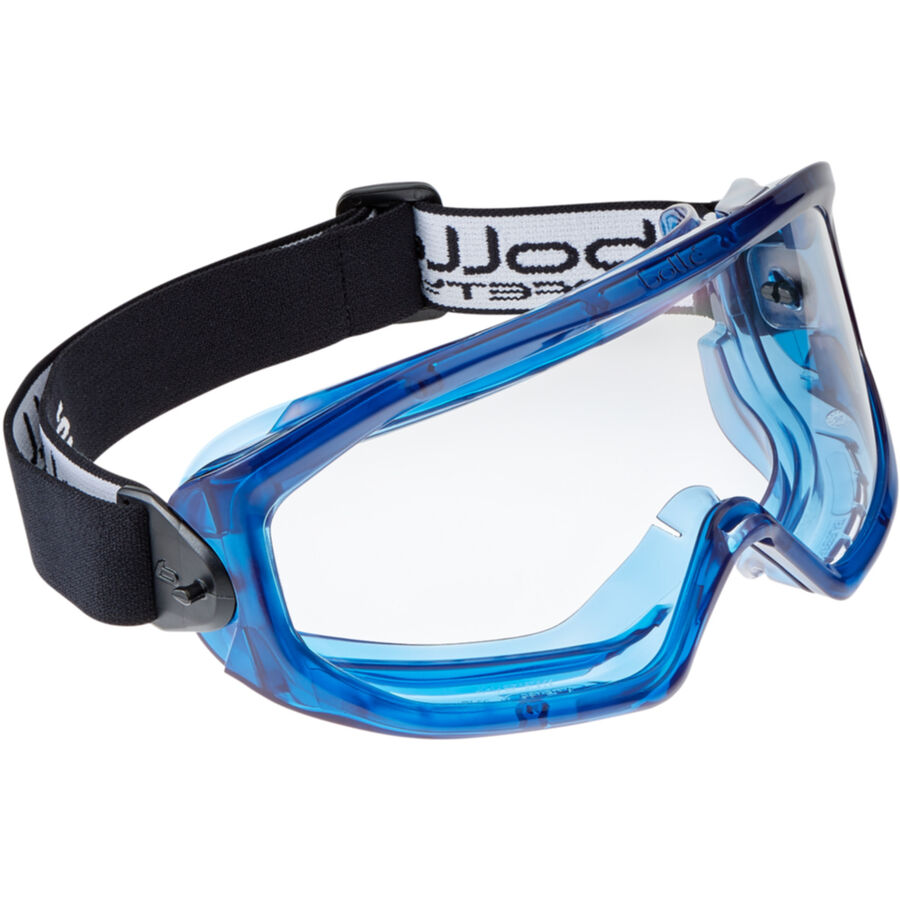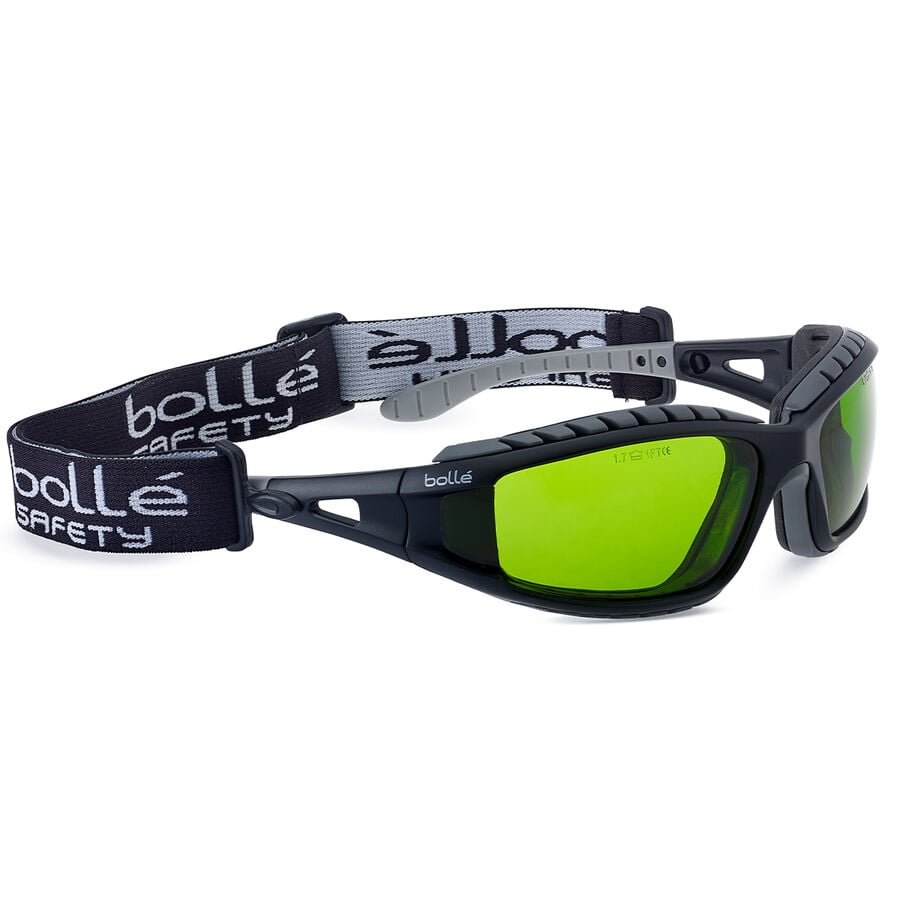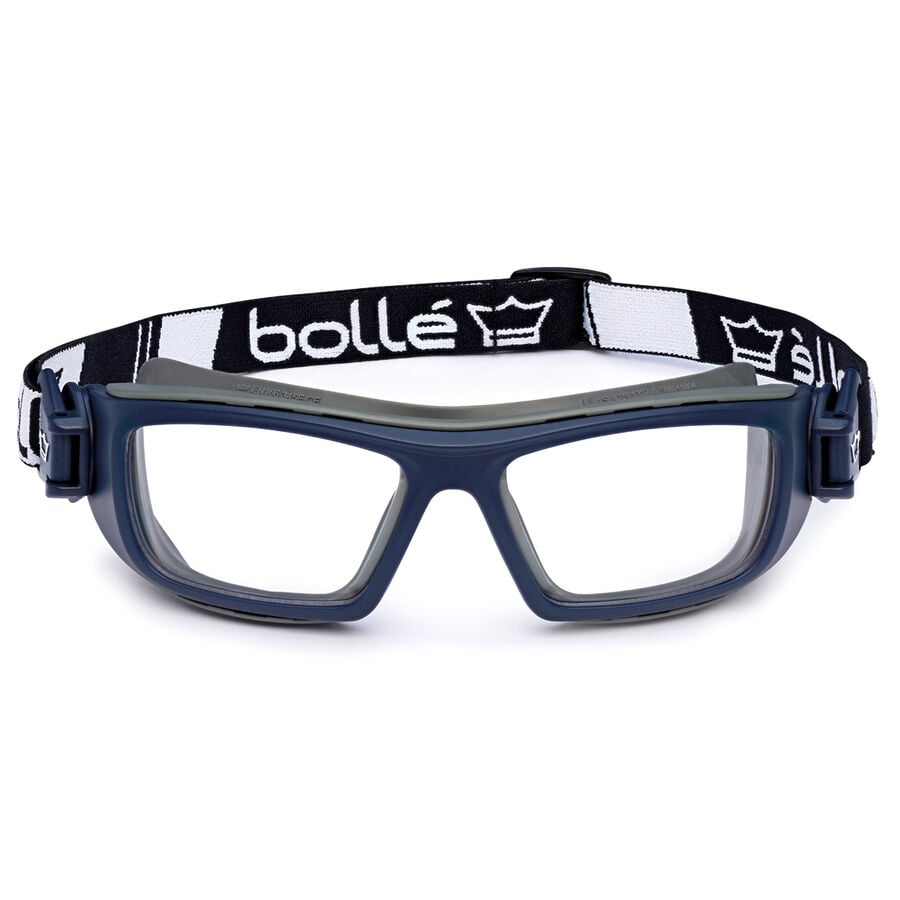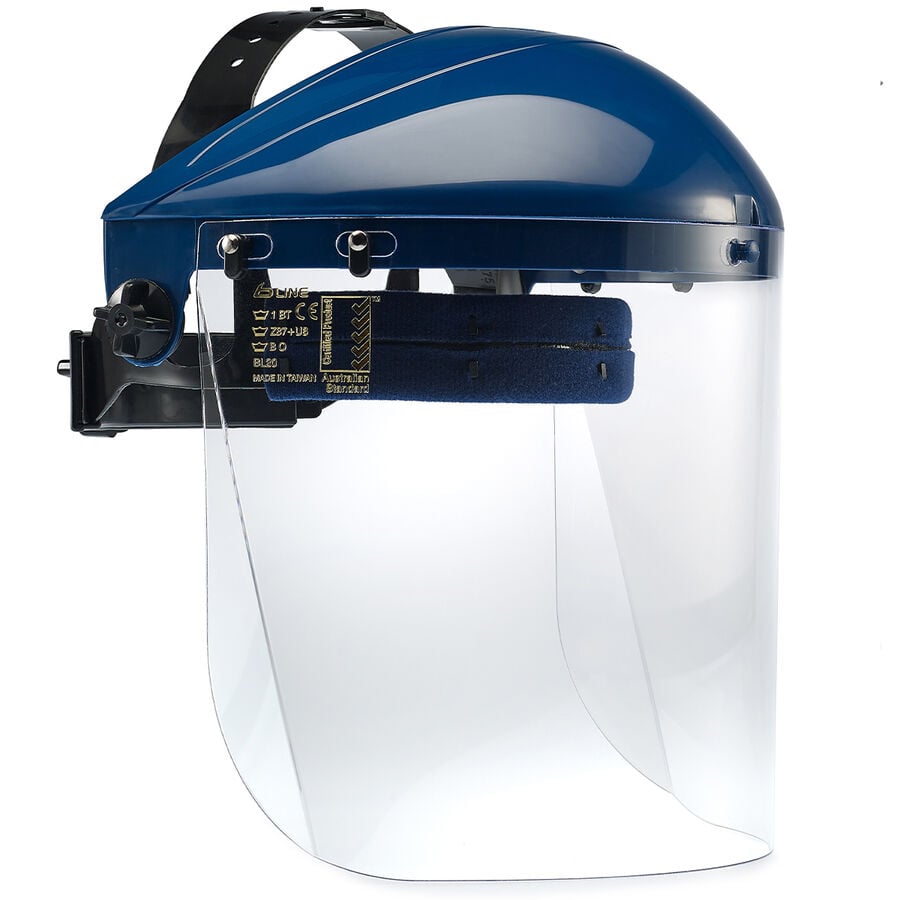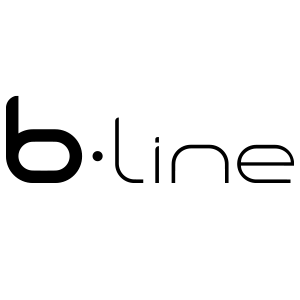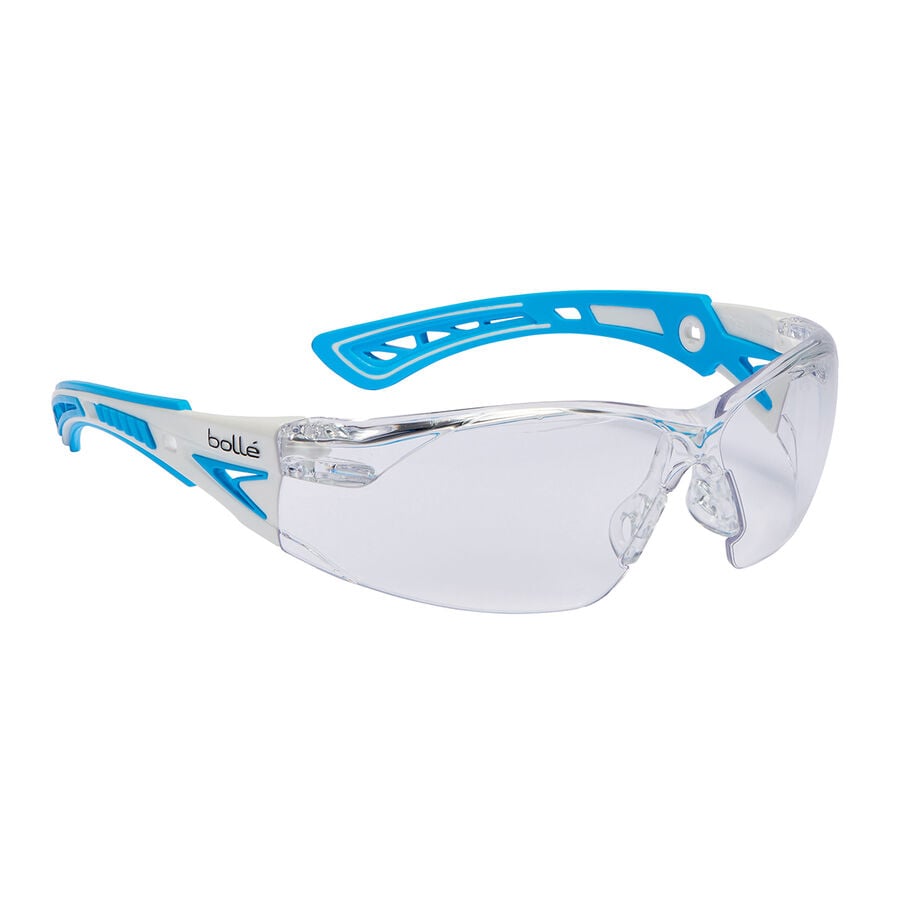Without adequate protection, working in certain high-risk industries can pose a great threat to eye safety. The International Labour Organization reports that there are around 340 million occupational accidents each year globally and 2.3 million deaths due to work-related accidents or diseases.
Every day, around 2,000 American workers sustain eye injuries while at work that require treatment, reports the National Institute for Occupational Safety and Health (NIOSH). These are not minor injuries -- around one-third required admittance to an emergency department.
Research in France reports that eye trauma is a real public health problem, with occupational eye injuries mainly affecting young men. The majority of these injuries at work affect the most exposed parts of the eye, which are the cornea and conjunctiva, finds a recent study conducted in Spain
Eye injury hazards on duty
The construction, manufacturing, and mining industries are particularly rife with hazards, responsible for 40 percent of workplace eye injuries. Other occupations with high risks include welding, carpentry, auto repair, maintenance, plumbing, and electrical work.
A recent study of 500 welding and carpentry workers found that five percent never used personal protective equipment (PPE) in the workplace. Zero percent of the workers wore protective eyewear all the time when doing activities that required it. Work demands and poor vision are cited as the reasons for not wearing adequate PPE. Using the correct PPE eyewear, however, can enhance worker productivity and prescription safety eyewear is ideal for workers with vision problems.
Five main categories cover workplace hazards -- including impact, heat, chemical, radiation and infectious disease.
Impact hazards
Industrial workplace injuries often result from flying or falling objects coming into contact with the eye. This could be anything from small particles, like bits of metal or glass, which can be ejected by machines, to larger objects, such as nails or staples, which can penetrate the eyeball.
Tasks like sanding, woodworking, and sawing have a high risk of sawdust and wood chips hitting the eyes. Chipping, drilling, and chiseling can cause the blowback of concrete and metal particles. In the workplace, sand, dust, and dirt can be windblown and cause injury. Even objects smaller than a pinhead can cause punctures, abrasions, and contusions to the eye. Workers are also at risk of falling debris, like building materials and tools, and blunt-force trauma from running into an object or machine. In that sense, all workers, regardless of their industry, should ensure they stay protected by wearing safety eyewear.
Heat hazards
In some industries, extreme heat can cause thermal burns to the eye. These injuries are especially prevalent among welders who handle objects at very high temperatures and hot sparks. Plumbers work with hot equipment parts and lines that release steam and boiling water.
Workers can also be exposed to splashes of hot materials, like molten metal when pouring, casting, hot dipping, or furnace operations.
Chemical hazards
In many industries, employees work with chemicals that can seriously injure the eyes. Many hazardous chemicals, such as acids and other corrosives, can severely impact vision or blind a person. Chemical hazards can come in many forms -- splashes, sprays, mists, and vapors -- so full PPE is necessary for these environments. Most injuries result from inappropriate use of PPE -- full safety plans are recommended as is regular testing and fitting of protective eyewear. PPE should be chosen that optimally protects against chemical risks, such as eyewear with specific gaskets and neoprene straps.
Radiation hazards
Exposure to high concentrations of ultraviolet, infrared, and reflected light radiation can cause severe eye injuries, such as retinal burns, cataracts and permanent blindness.
Welding, torch cutting, brazing, soldering, and working with lasers are high-risk activities in terms of eye safety. “Welder’s eye” occurs when intense radiation enters the eye, causing pain, redness, sensitivity, and tearing. Exposure to radiation should be contained, as long-term effects can lead to cataracts.
Working outdoors without protection from the sun can cause injury to the eyes. UV radiation can damage the eye's surface tissues as well as the cornea and lens and cause cataracts, eye cancers and blindness. Protective eyewear absorbs both UV-B and UV-A radiation while working outside.
Infectious disease hazards
Employment in healthcare fields often puts workers’ eyes at risk of infectious disease hazards. Healthcare workers and support staff, like a laboratory and janitorial staff, are at risk of being infected by diseases and viruses through direct contact on the mucous membranes in the eye, cross-contamination through touching objects, or through respiratory droplets. Minor conditions can be spread through the eye, as can more life-threatening diseases and viruses like HIV, hepatitis B and COVID-19.
Protection eyewear for high-risk industries
The good news is that more than 90 percent of occupational eye injuries can be prevented when the appropriate protective eyewear is worn. The major reasons for these injuries are that workers are not wearing adequate protective eyewear or they are wearing the wrong type of protection for the particular task. Here is a guide to the different options available to you for protecting your vision while at work:
Safety glasses
For proper protection of the eyes mainly from impact, safety glasses can be worn. Protective eyewear has stronger lenses, and frames than regular glasses, yet has a similar look and feel. Safety eyewear must have side protection, ultra-wraparound frames or large temples to ensure protection from flying particles on the sides and front. For extra protection, safety glasses with upper protection are available which reduce the risk of flying debris entering in contact with the eye.
Prescription safety glasses
Prescription safety eyewear enables workers to be protected even when they have vision problems. Poor vision on the job decreases productivity and increases the risk of accidents and injuries, thus optimal protection is necessary. Protective prescription eyewear provides the same benefits against impact, chemical, and other hazards, while also correcting for vision issues and eye strain.
Safety goggles
Goggles are essential for any work that is high risk for impact injuries, dust, or chemical splashes. They provide a full seal to the area around the eyes and are impact-resistant. Safety goggles are a good choice for workers in industries such as auto repair, where there can be sparks and metal debris coming from all directions, or in factories with lots of dust. For those with vision concerns, goggles can be worn over prescription glasses.
Whether you use safety glasses, prescription safety glasses, or safety goggles, choosing a product that fits the wearer’s face ensures better protection. Well-fitted products are set without any gap on the cheeks and have a nose bridge well adjusted, without any discomfort.
Face shields
Protective face shields provide full coverage to the eyes and face from many impact hazards, infectious diseases, blood-borne pathogens, chemical and heat hazards. For healthcare workers, face shields protect against respiratory droplets, like those that transmit SARS-CoV-2, blood splashes, and other hazards. If working near hazardous radiation, specially designed shields can provide full-face protection. Face shields can also provide protection against electrical risks while having a full field of vision.
Putting eye safety into practice
A proper PPE program can protect employees and companies. Getting the right selection of both corrective and non-corrective eyewear ensures clear vision at all times and lowers the risk of injury. All protective eyewear should fit properly, be kept in good condition, and replaced when damaged. On top of being protected, getting the proper safety eyewear can result in better wellbeing at work, an increase in productivity, a feeling of serenity, and a reduction in fatigue and absenteeism.




